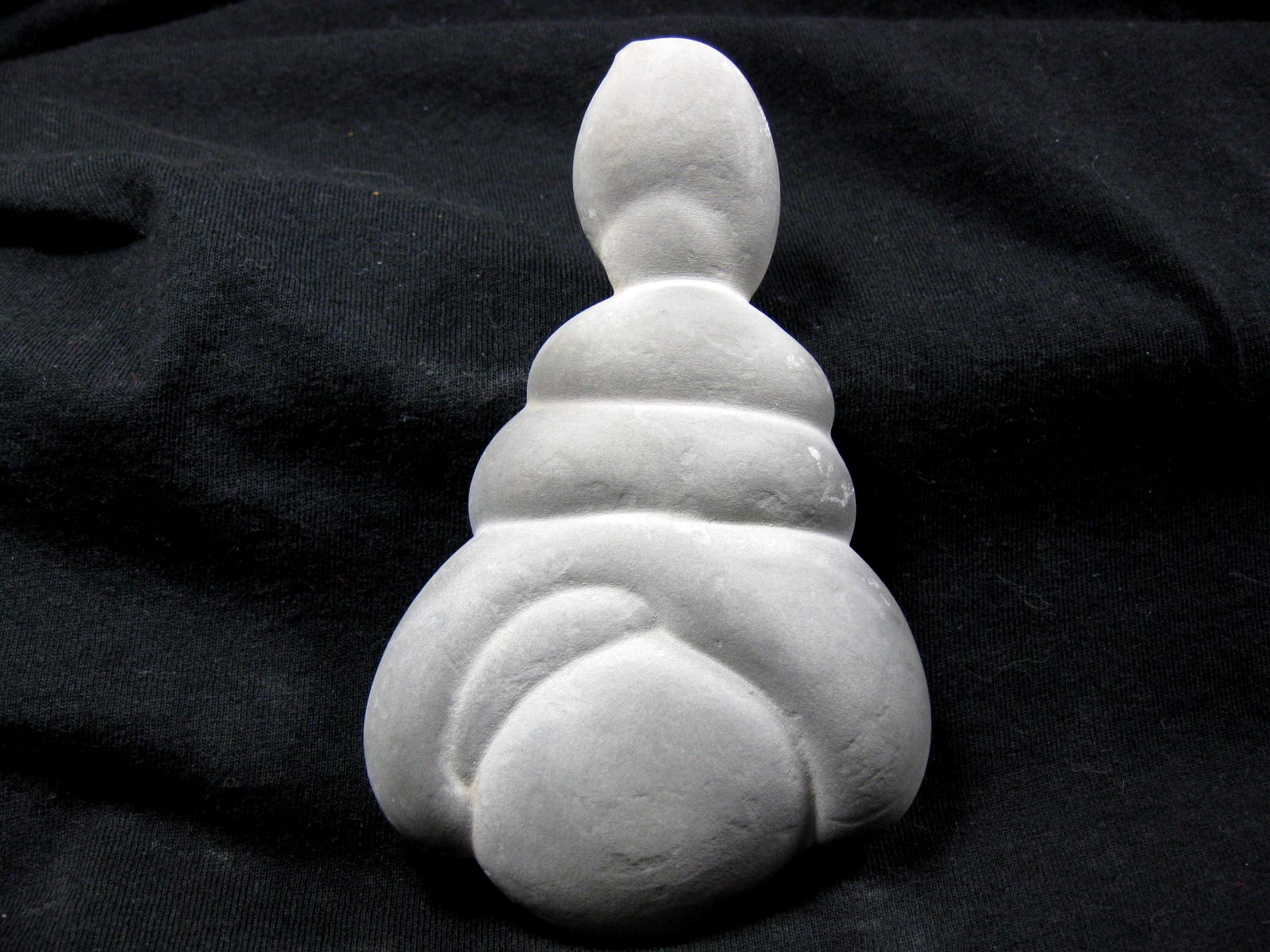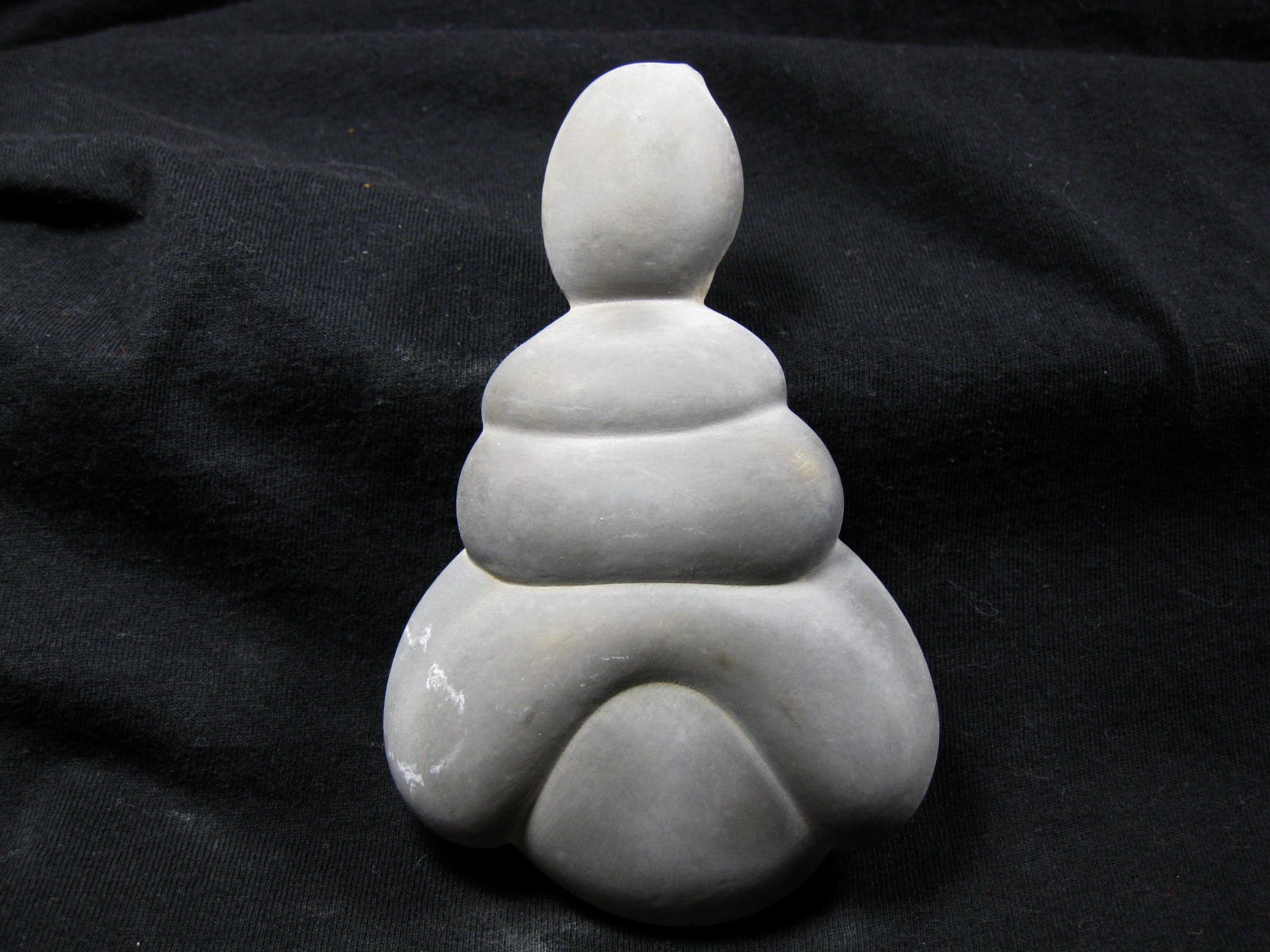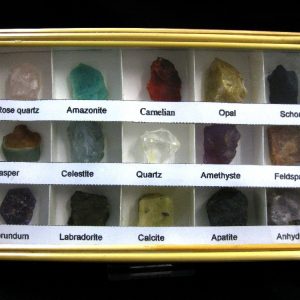Description
Fairy Stone is a metaphysical instrument that exudes soothing energies that can play a pivotal role in making you connect better with your inner self. The healing powers of Fairy Stone help relieve the stress and burden on your shoulders and keep you calm even during the most challenging times.
Fairy Stone
- Calcite
- Abitibi Quebec Canada
- Specimen measures approx. 4 5/16″ wide
Native people living in the far North called them fairy stones. According to native legend, these stones, carved by nature, bring health and prosperity, and protect against evil spirits. It is also believed to bring luck to hunters and fishermen. Lovers offered the most beautiful ones to their beloved. Larger specimens often occupied a place of honor in dwellings.
Commonly known as “clay concretions “, the fairy stones consist of calcium carbonate (CaCO3), a mineral called Calcite. Even if fairy stones depict artistic or curious shapes and contours, each one is a pure and unique natural phenomenon, a genuine creation of Mother Nature. They are found in isolated areas, along the shorelines of a few lakes and rivers of Abitibi, Quebec, Canada.
They usually occur as small, flat, concentric disks of varying diameters, The juxtaposition of disks produces beautiful natural artworks. The diameter of the concretions varies from 1 to 30 cm; Iarger specimens are rather rare.
Colonies of micro-organisms are responsible for the formation of these concretions. By decomposing organic matter in a clay rich and anoxic (i.e,, oxygen-deficient) environment, micro-organisms contribute to the precipitation of calcium carbonate. At springtime, following a long period of winter numbness, colonies of micro-organisms reactivate and quickly grow in response to rising ambient air temperature. At the end of summer, the opposite process occurs and micro-organisms go back to their state of dormancy. As the years go by, colonies expand and come into contact with each other. This explains how concentric rings and disks are created and mosaics are formed. It is strongly suspected that micro-organisms live in symbiosis with roots of some aquatic plants; incidentally, imprints of roots and rootlets are easily distinguishable on one of the two flat surfaces of concretions.
With shapes often suggesting anthropomorphic and zoomorphic stylized figures (mother and child, face, angel, bird, rabbit, mouse, etc.), one can easily imagine that the discovery of a fairy stone could only be a fascinating and intriguing experience for inhabitants of the Far North.
Many of these stones remind the artworks of contemporary artists, such as the sculptures of Lynn Chadwick, Max Ernst, Alberto Giacometti and Henry Moore, or the “pop art” works of Claes Oldenburg. One can even notice some similarities with Inuit sculptures.
These stones remain a source of fascination and curiosity, not only for earth scientists but also for people looking to expand their knowledge about the world and its array of natural phenomena. Fairy Stones truly represent a “must” for the serious mineral collector and should thus constitute a classic item of any high-quality collection.
It’s common name is “FAIRY STONE” but they are chemically calcite concretions.






